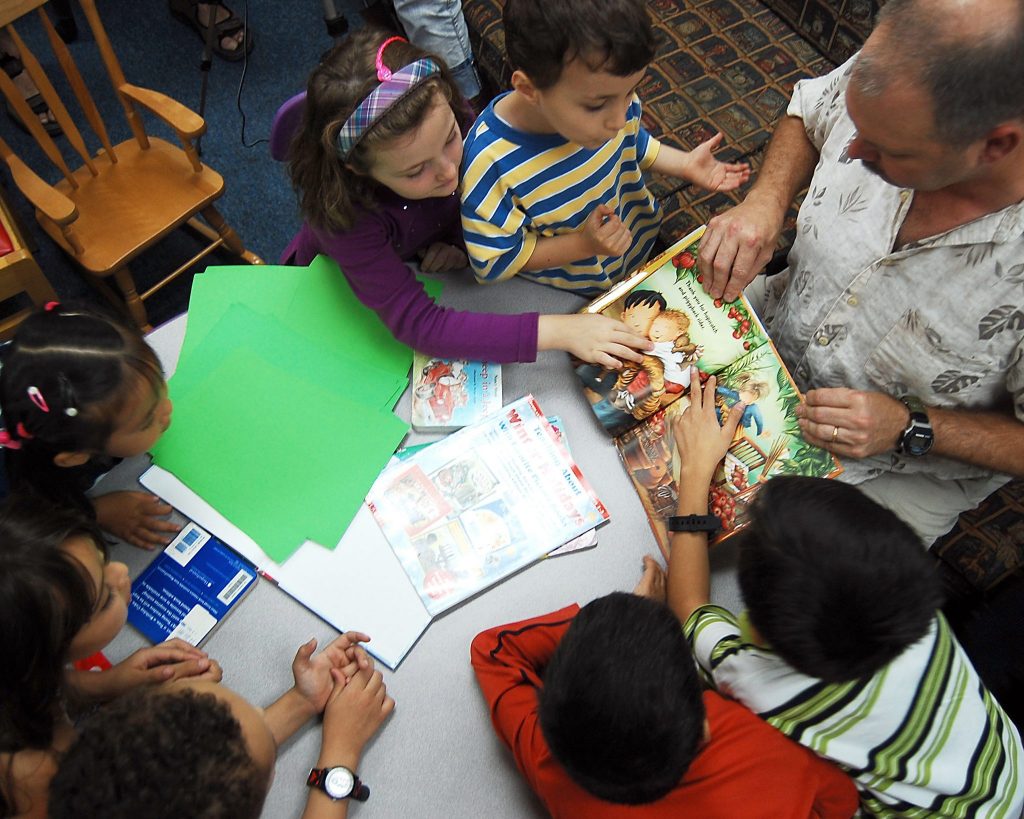Some helpful information in supporting children with EAL in early years settings.
In recent years the quantity of children in early years setting with English as an additional language has risen to “more than a million pupils in English schools who speak languages in addition to English” (NALDIC, 2013), yet the support for these children has not been provided in policy; providing barriers for children, families and practitioners. This barrier has been explored previously during the The Effective Provision of Pre School Education (EPPE) project in which a study was conducted between 1997 and 2004, observing the development and learning of children aged three to seven years old and attend early years settings prior to school against those who stay in the home environment until the age of five. The findings from this study suggest that “specialised support in pre-schools, especially for language and pre-reading skills can benefit from disadvantaged backgrounds and those for whom English was an additional language” (Sylva, 2004). The revised 2012 EYFS has recognised this need for support and reflects this in practice.
Early Years Providers now place a higher importance on supporting children with EAL in many ways by implementing visual timetables and widget cards and displaying a range of languages around the nursery. Some settings have also linked with multi agency by introducing a speech and language champion into the workforce to support children with EAL, language delay and communication difficulty. Projects around the country were put in place to support children with language and communication barriers yet due to lack of funding projects such as “Every Child a Talker” (ECAT) struggled to continue their work. Smaller organisations such as Warwickshires “Time to Talk” initiative are still running and have provided many local settings with relevant training to upskill a practitioner to a tier three Speech and Language Champion. Despite the amount of support increasing over the previous ten years, there is still gaps in learning that need to be supported. The learning and development of children with EAL can be better supported with more knowledgeable practitioners and strong leadership. Leaders would encourage and support practitioners reaching out to parents and families from diverse ethnic backgrounds to build trust and understanding. Gully (2004) states “practitioners need to make the extra effort to reach out to these parents, for instance through home visits, the use of interpreters and an understanding of the parents lifestyle and culture.” Focusing an extra effort on supporting families with EAL will in turn positively influence the relationship with the child. Most early years settings have great difficulty in finding the time or resources to make such strong, solid connections with these families, causing there to be a break in communication.

